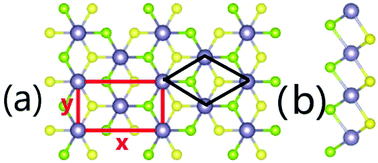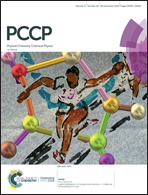Abstract
The Janus structure, by combining properties of different transition metal dichalcogenide (TMD) monolayers in a single polar material, has attracted increasing research interest because of its particular structure and potential application in electronics, optoelectronics and piezoelectronics. In this work, Janus SnSSe monolayer is predicted by means of first-principles calculations, and it exhibits dynamic and mechanical stability. By using the generalized gradient approximation (GGA) and spin–orbit coupling (SOC), the Janus SnSSe monolayer is found to be an indirect band-gap semiconductor, whose gap can easily be tuned by strain. High carrier mobilities are obtained for SnSSe monolayer, and the hole mobility is higher than the electron mobility. For SnSSe monolayer, a uniaxial strain in the basal plane can induce both strong in-plane and much weaker out-of-plane piezoelectric polarizations, which reveals the potential as a piezoelectric two-dimensional (2D) material. High absorption coefficients in the visible light region are observed, suggesting a potential photocatalytic application. Calculated results show that SnSSe monolayer has a very high power factor, making it a promising candidate for thermoelectric applications. Our works reveal that the Janus SnSSe structure can be fabricated with unique electronic, optical, piezoelectric and transport properties, and can motivate related experimental works.



 Please wait while we load your content...
Please wait while we load your content...